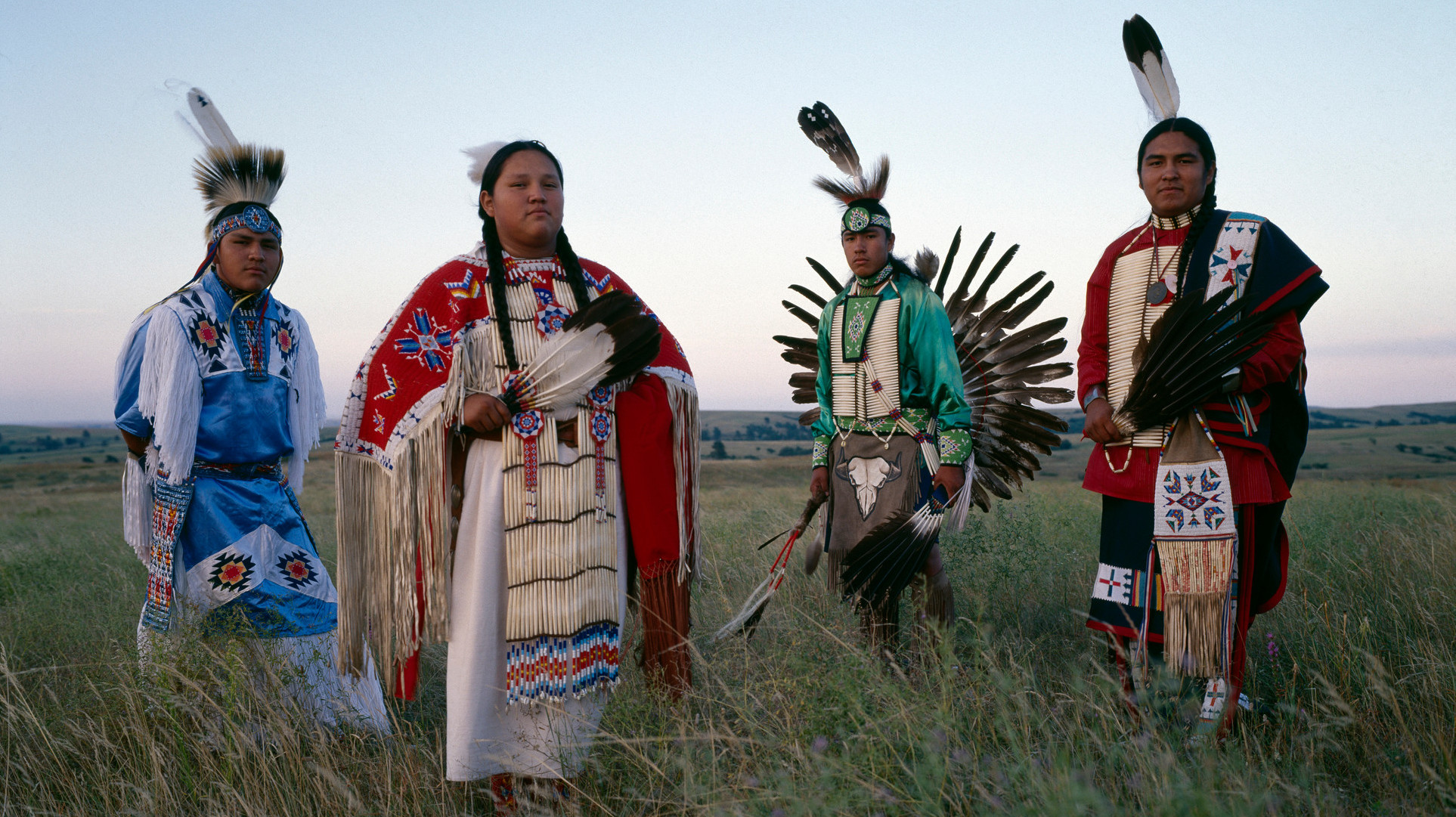Never Heard Of Thíŋpsiŋla, The Prairie Turnip? You Have Now
The American prairies are wide and picturesque and filled with very few obvious sources of nutrition. Which is probably one of the reasons why, when the United States pushed Indigenous tribes out of the Mississippi Valley so white people could fulfill their manifest destiny, it declared the prairies "Indian Territory." (And also why, when it was discovered that the soil beneath the prairie sod was actually good for growing things, the tribes were pushed even further west, into the desert.) For a while, the Lakota Sioux lived off buffalo, but buffalo, while high in fat and protein, has no carbs, and no matter what fad diets try to tell us, carbs are still necessary. Many Lakota began to suffer from protein poisoning, which caused kidney failure and, eventually, death.
But then other tribes stepped in to help. It wasn't entirely altruism, mind you—they did get something in return. But through trade with the eastern Dakota and the Arikara, the Lakota learned about a tuber called thíŋpsiŋla. It was high in vitamin C, calcium, and iron, and like other tubers, it could be prepared in a variety of ways and even ground into flour.
Earlier this week Serious Eats published a history of thíŋpsiŋla, also known as timpsila, prairie turnip, or breadroot and scientifically as Psoralea esculenta. "Timpsila is a traditional food, a big part of my ancestors' diet," Keenan Weddell, a garden assistant at the Sicangu Food Sovereignty Initiative on the Rosebud Indian Reservation, home of the Sičháŋǧu Lakota people, told Serious Eats. "Before big farms, this plant alone could feed many people... Grandmothers said these turnips point towards each other, so you'll always know where the next one will be."
Thíŋpsiŋla was eventually edged out of the Lakota diet by government food like white flour and white sugar (which the Lakota used to make fry bread) and processed cheese. Today every Lakota reservation has been classified as a food desert by the USDA. But some Lakota still eat thíŋpsiŋla, and activists like Weddell are trying to educate people about traditional foods.
And as Serious Eats writer Jacksyn Bakeberg notes,
The tuber also belies a simple truth: Despite being labeled as a food desert because of the lack of supermarkets, the prairies are abundant in nutritious food sources—if you know what to look for and where to look; and if you've been taught how to respect the bounty that exists just beneath their surface.
